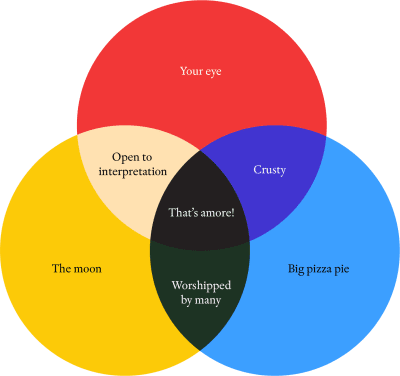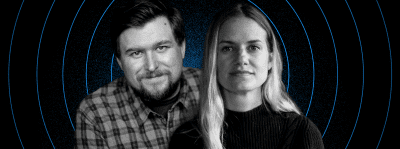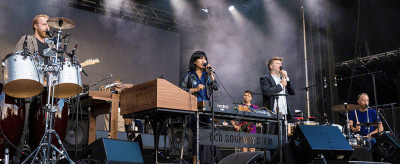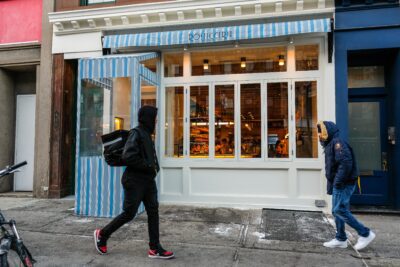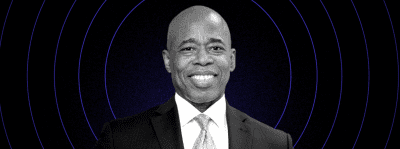I’ve Got A Story to Tell: Vashti Harrison on Why Representation Matters
PHOTOGRAPHY Shan Wallace
Representation is something that doesn’t really seem that important, until you don’t have it. Many young black kids grow up gifted at something, but it never occurs to them, or even their parents, what exactly those gifts are simply because they’ve never seen or heard of a person that looks like them use it.
But, there are some people who find their way in spite of. One of those people is 30-year-old illustrator, filmmaker, and award-winning author, Vashti Harrison, who grew up on the eastern shore of Virginia, in a small town called Onley. At a very young age, she understood that her idea of success meant that one day she would have to leave home.
As I was preparing to interview Vashti, I thought about my childhood and wondered what I would be doing had I not seen Jacque Reid on CNN Headline News and BET Nightly News. I thought about the image of Reid being a direct connection to me receiving my bachelor’s and master’s degrees in Broadcast Journalism and starting my journalism career interning at BET Networks.
As a young girl, I would stay up at night and watch her deliver the news. It gave me the confidence that I needed to know that I could achieve what Reid had. For so many young black girls, Vashti Harrison will be what Jacque Reid was to me. She will be the visual representation of a young girl’s dream that turned into hard work and vision simply because her work will say to young girls wanting to become illustrators, writers, and filmmakers, “I can do that.”
Her New York Times bestselling book, Little Leaders: Bold Women in Black History, is a product of understanding that sharing the myriad of stories from strong, intelligent and tenacious black women will allow young girls to see themselves, and to know that they are capable of doing everything. Growing up, Vashti did not have a Jacque, and because of that, she uses her platforms, whether it is The Daily Show with Trevor Noahor a conversation with me for Brooklyn Magazine to discuss the importance of representation for young girls who look like her. While drinking tea with Vashti, we spoke about her success, the road to getting there, and inspiring a generation young black girls.
Who is Vashti Harrison?
Vashti Harrison is a creator, maker, a messy person, and a neurotic artist. Yeah, I feel like most of my life is kind of defined by what I’m doing, and that doesn’t mean I work all the time, it just means I like to be doing something, and that’s the artist in me.
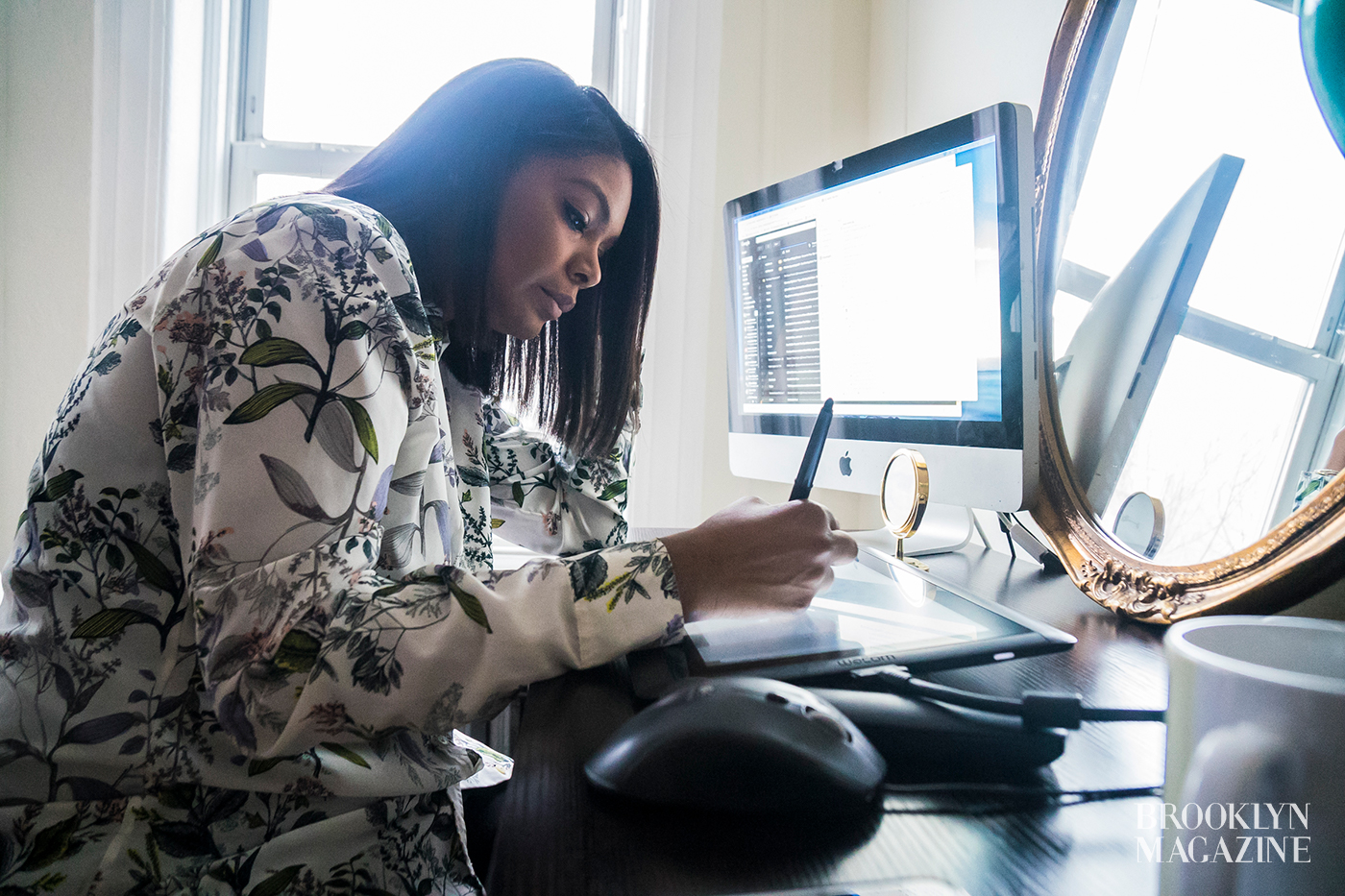 Being raised in a very small town, were you in a rush to leave?
Being raised in a very small town, were you in a rush to leave?
No, I’m like a major homebody. But, I’m simultaneously really driven to do things, so I felt like, I’m going to work really hard and go to a really good school and do this thing because there are no opportunities to do anything beyond my horizon. I didn’t see it there. But I really love being at home, so actually there was a point in my career where I got laid off, and I didn’t know what to do next, so I decided to go home and figure things out. And, you know, I could have stayed where I was, but I knew that I would find the kind of results that I needed at home.
What does home mean to you? Because I can tell that it’s very important, and that it’s a safe place for you.
Yeah. Home means fewer distractions. It means safety. It just feels like a stress-free zone. And when I say home, I mean my home in Onley, Virginia.
I’m not talking about where I rest my head. I’m talking about home, my parents’ home. That will always feel like home to me. My mom grew up in Trinidad and Tobago, and she always calls Trinidad home, and she always thinks about that place. So, I think about it in this kind of capital H way, that’s home. I don’t have to worry there. Every little thing can stress me out, but when I’m there, there are fewer things to stress me out. I just feel completely at ease there, and because of that, I can be my most creative self when I’m there. So, I came up with a lot of my favorite works while I was there because I just have this kind of ease, and perhaps this recalling of childhood.
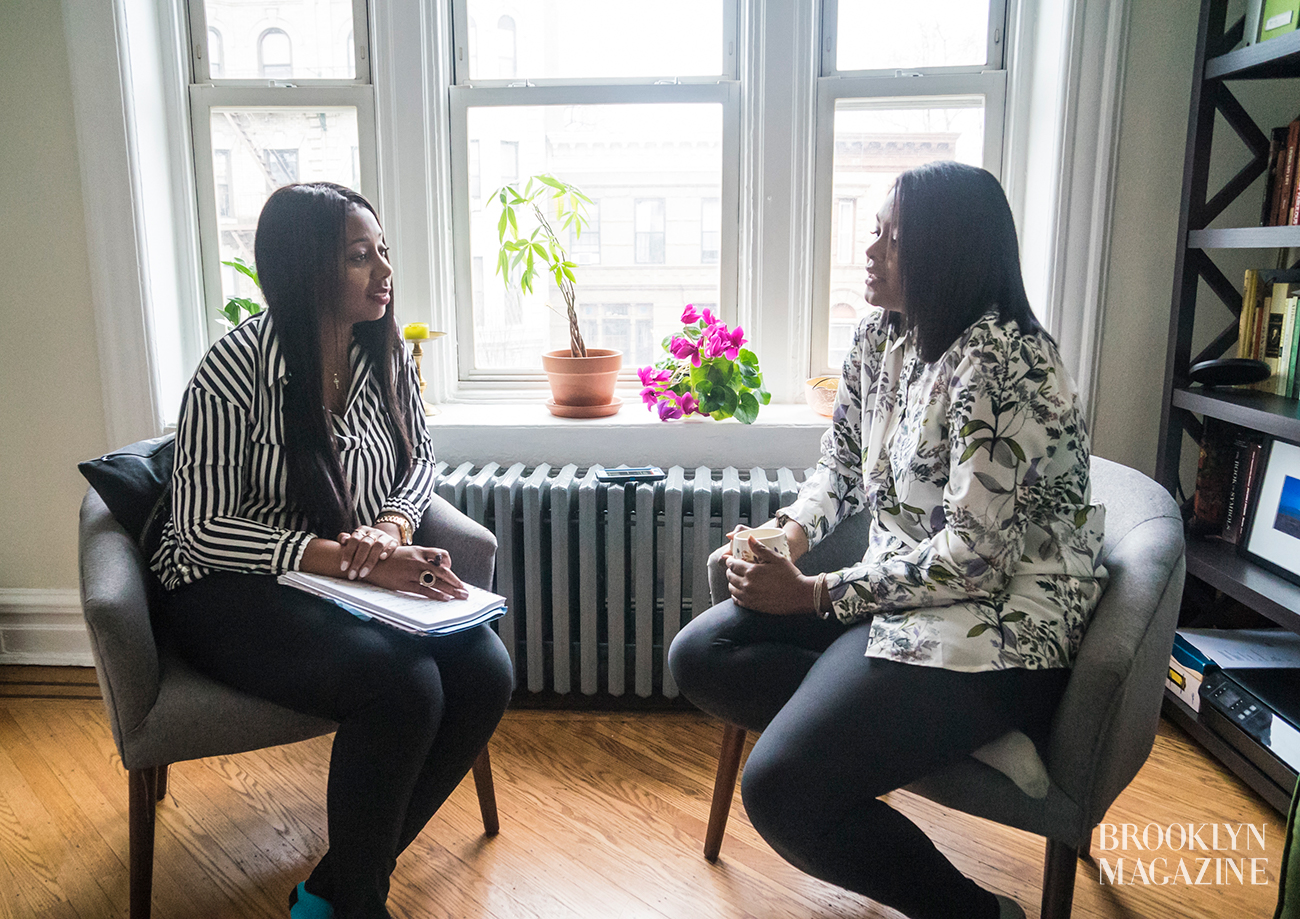

Little Leaders, did you create this book while you were home or did this journey start in Brooklyn?
The initial idea began when I was here in Brooklyn. I moved to Brooklyn in December 2016 and I was really just interested in kind of jump-starting my career in illustration. I wanted to be here and near all the other illustrators that I know close to the publishing industry. And I started that project sort of just as a project to feel creative. I decided to draw a picture every day during Black History Month just as a challenge for myself, like other social media challenges artist will do.
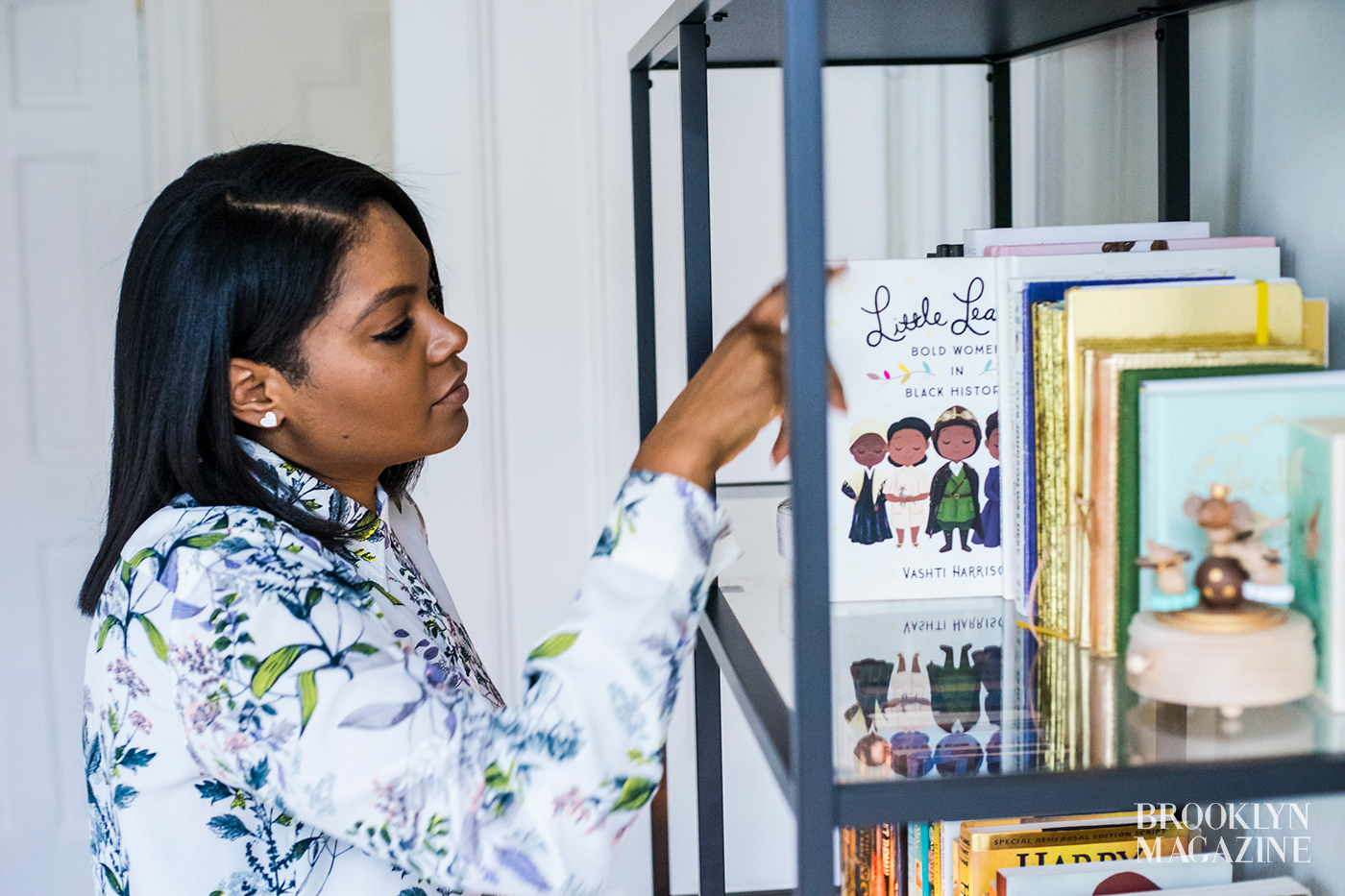

Wow. So, this book was started, written and published in just one year?
Yes, It happened very quickly. Early February 1st at four o’clock in the morning, I was finishing up the illustrations on another book, and I was just looking for something that I felt was all my own, and I decided to start this challenge for myself and post these images every day during Black History Month. And then I went home to do like a Black History Month event at my local historical society, and while I was there I reached out to my agent to ask her if she thought there was a potential for a book there. So, I certainly feel like parts of this book were birthed out of the freedom of being home, and the necessity to get myself working and drawing every single day.
You mentioned that you called your agent. So, you had an agent even before all of this?
Yeah, the short-long version is around April 2016, I officially decided to move back home and pursue a career in illustration. I knew that it was going to take some time, and I wouldn’t have the resources to make it happen here in New York, or anywhere else, and I felt that with the ease of being there that I could pursue it.
Where were you living before you moved back home?
So here is the longer version: After grad school, I moved to Atlanta to work on a TV show. I was following the trend that other filmmakers were doing, which was to move out there and be a part of that scene. I worked on this show called The Awesomes. The show got cancelled and I got laid off at the end of the season. I was just trying to figure out what to do next and I applied for a bunch of new jobs, and I had this film festival coming up that I decided to go home to my parents’ house to prepare for.
After I came back from that film festival, I was participating in this thing called a Film Market, where I was pitching a movie to a bunch of producers. It was like speed dating with all these people. And it was really taxing, and kind of depressing honestly because they didn’t have faith that I could make the movie. So, I had this attitude where I said, “alright, I don’t want to make the movie with you guys anyway.”
During that time, I was like, “I don’t think I’m going to go back to Atlanta, I want to pursue a creative career, and I think that potentially illustration might be the thing.” After I got laid off, illustration was the only thing that was making me any money, so I came up to New York, and I was applying for a bunch of jobs. I thought I could stay with my sister, and it just wasn’t working out.
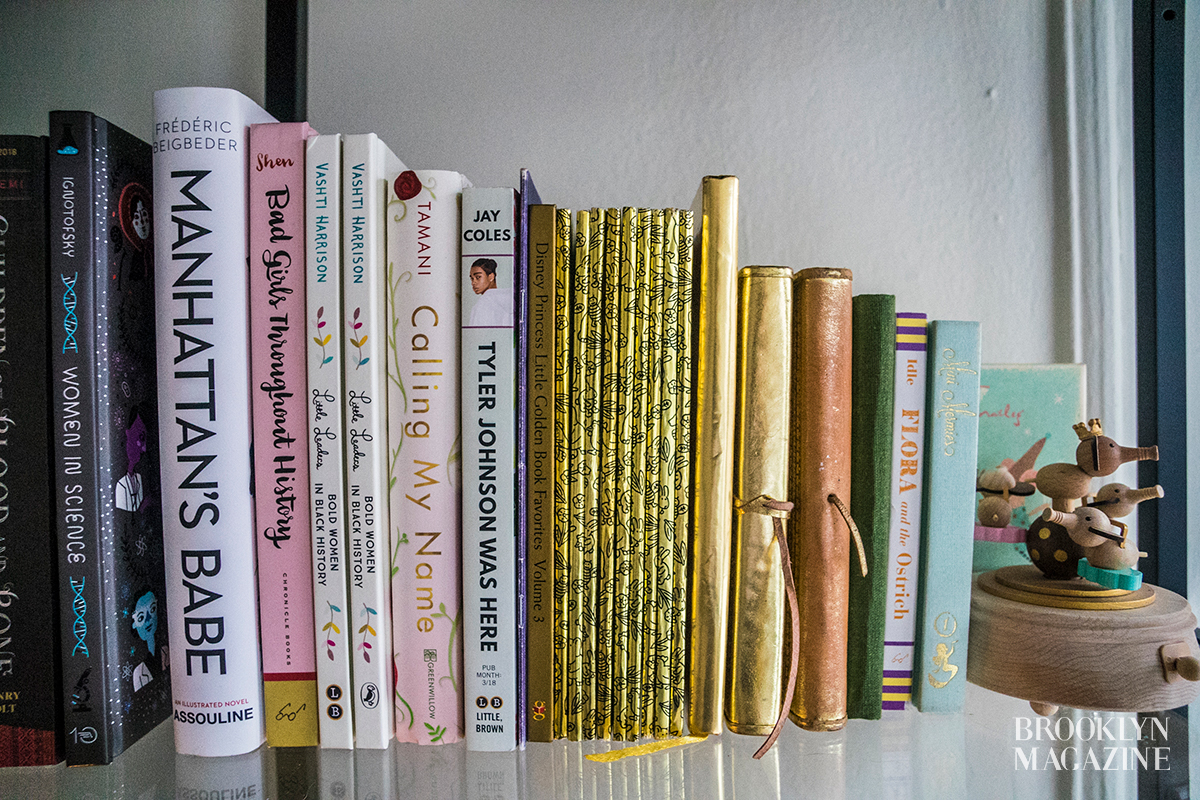

So, you tried to move to New York and no one would hire you?
Yes, I felt like I was grasping at straws honestly trying to make this thing work that I had no background in, and at this point I was still new to illustrating. So, it was after I came to New York and applied for a bunch of different jobs that I officially moved home to Virginia in April 2016. I joined this organization called the SCBWI, The Society of Children’s Book Writers and Illustrators, to connect me to the network of illustrating, and it was through them that I got my first picture book deal, which was around May 2016.
So, after that I was like, “okay, wow I’m really in this world.” I stayed home until October 2016 when I met my agent at one of their conferences. A little less than two months later, I decided to move to New York because I figured my agent is here, the publisher I’m working with is here, and then I just want to be a part of the scene. And so, it was just two months after that I started my Black History Month project, February 2017.
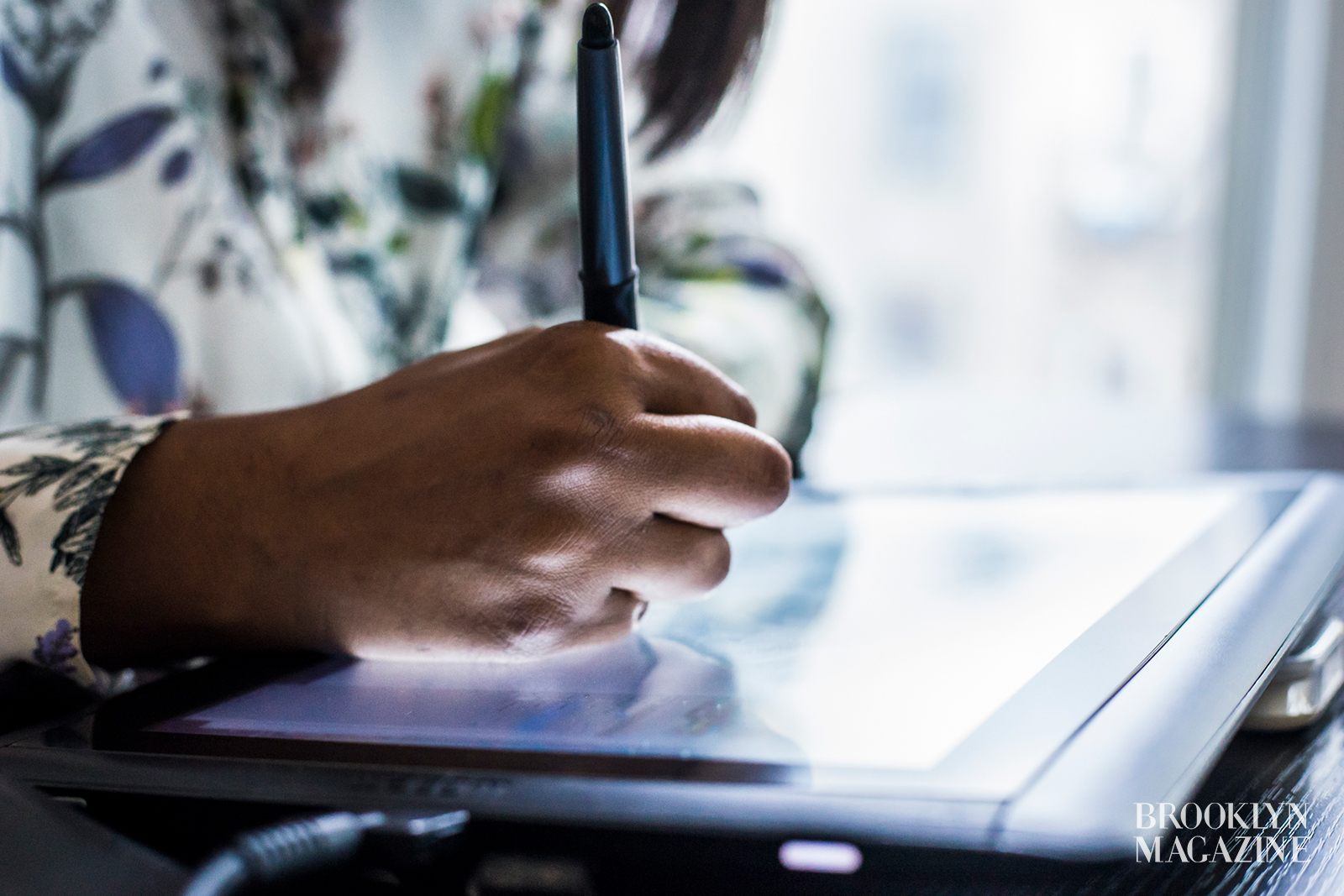

No, at that time I was only illustrating other people’s books. And I just started this kind of challenge for myself, but like a couple of days in, I reached out to my agent to see if she thought there was a potential for me to write a book. And then, you know, before Black History Month was over, I had a three-book deal at Little Brownto do my book. They were very excited about it and wanted it out before Black History Month this year. So, that meant that I would have to jump full steam into writing, and illustrating this book.
That’s amazing. So, how many other books have you illustrated for?
The first book I illustrated was a picture book that came out this past January. Actually, my book Little Leaderscame out before that. Another book I illustrated CC Loves Sciencecomes out this summer. Those are the three that I’ve done, and completed. I’m illustrating three others right now, so I guess six in total. But there’s potentially more on the table.
Congratulations! Looks like there were so many lessons learned during this period of your life.
Yeah, I’m constantly like, “Oh my God, are you sure this is supposed to happen to me?” I know people who work really hard to get degrees in creative writing, and they never get their books published, you know? I didn’t get my degree in illustration, and for a lot of people it takes a long time to get book deals.
I think right now that people are particularly hungry to see this kind of work. A lot of my work focuses on women of color, and placing girls of color in magical landscapes, and a lot of people don’t get to see that. Not too many people of color have had opportunities to go to film or art schools, and those are the regular avenues in which artists get noticed by art directors for their books to get published. Although that’s changing now that more and more artists are getting discovered through social media.
Speaking of social media, how has that impacted your career?
I am thankful for the community that I’ve garnered and met through Instagram. When I started illustrating, I was not very good. And I’m not being overly dramatic. I was just not good, because if you don’t practice you’re not going to be very good. It’s just like exercising a muscle. So, I was just very desperate to kind of get myself drawing every single day, and I started an Instagram account where I would post my drawings. And I actually had it under a different name. I felt kind of insecure and nervous about it, but the people on there didn’t know that I was insecure about my work. They had no idea that I was scrutinizing my work like that.
Yeah, usually it’s us, and not other people. We are often harder on ourselves than we should be.
Yes, people in my Instagram community were the ones who treated me like I was a professional. So, when I did lose my job and I thought, “oh my goodness, what am I going to do next,” they reached out and commissioned me to do work, and that became my only source of income during this kind of six-month period where I was just desperately applying for jobs.
Do you realize or ever think about the timing of your book? You wrote this book at an interesting time where it seems like it’s very cool to celebrate us.
Yeah, and part of it is kind of weird because it feels like trends. Black is in fashion. People want to wear blackness as a costume, and I’m certainly aware of that. But, I also feel like the amount of representation we have in media, art, and in movies, is a shift in the cultural trend.
Do you think that it’s here to stay or do you think it will be short-lived?
I do. Again, I think that our people are hungry for things like this, and you know, obviously the internet and social media has provided us this kind of global community. And I think we’re just ready to take control over the stories that we get to tell.
Part of why I made this book was because I feel like there were certain expectations about what you could be when you grow up, and I never felt that art would be a potential for me. I certainly didn’t see any black women artist, and I thought that to be myself and to do what I wanted to do were two different things.
I’m interested in making sure that every kid, particularly black kids in small towns who don’t know or don’t have a ton of representation, know that there are opportunities out there for them. I want them to know that even if you don’t feel like within your community or school you are fitting the bill for what it takes to become a lawyer, or a scientist, or an athlete, it’s okay. Take your time. In my book, you will discover forty incredible black women who did amazing things. And, when you’re ready, you’ll have all of that knowledge to move forward.
Do you think that your work is making a difference?
I don’t have kids and I don’t know what it’s like to raise a young black child in America in 2018, but it’s really exciting to see kids reading, like especially on their own.
When I was in LA, I was sitting waiting at a restaurant, and a girl walked by with my book, and I was like, “Oh my God.” That’s like the first time I had seen it out in the real world, not in a book event, and that’s the really exciting thing to see.
It’s hard to know that I’m doing enough or that my work is doing anything in this world, but when I get to see people who are made happy because of my work, that’s rewarding. My favorite is when someone will say, “Oh, that one looks like me,” and they’ll send me a picture of themselves with my drawing or with one of my books, like that’s an incredible exciting thing.
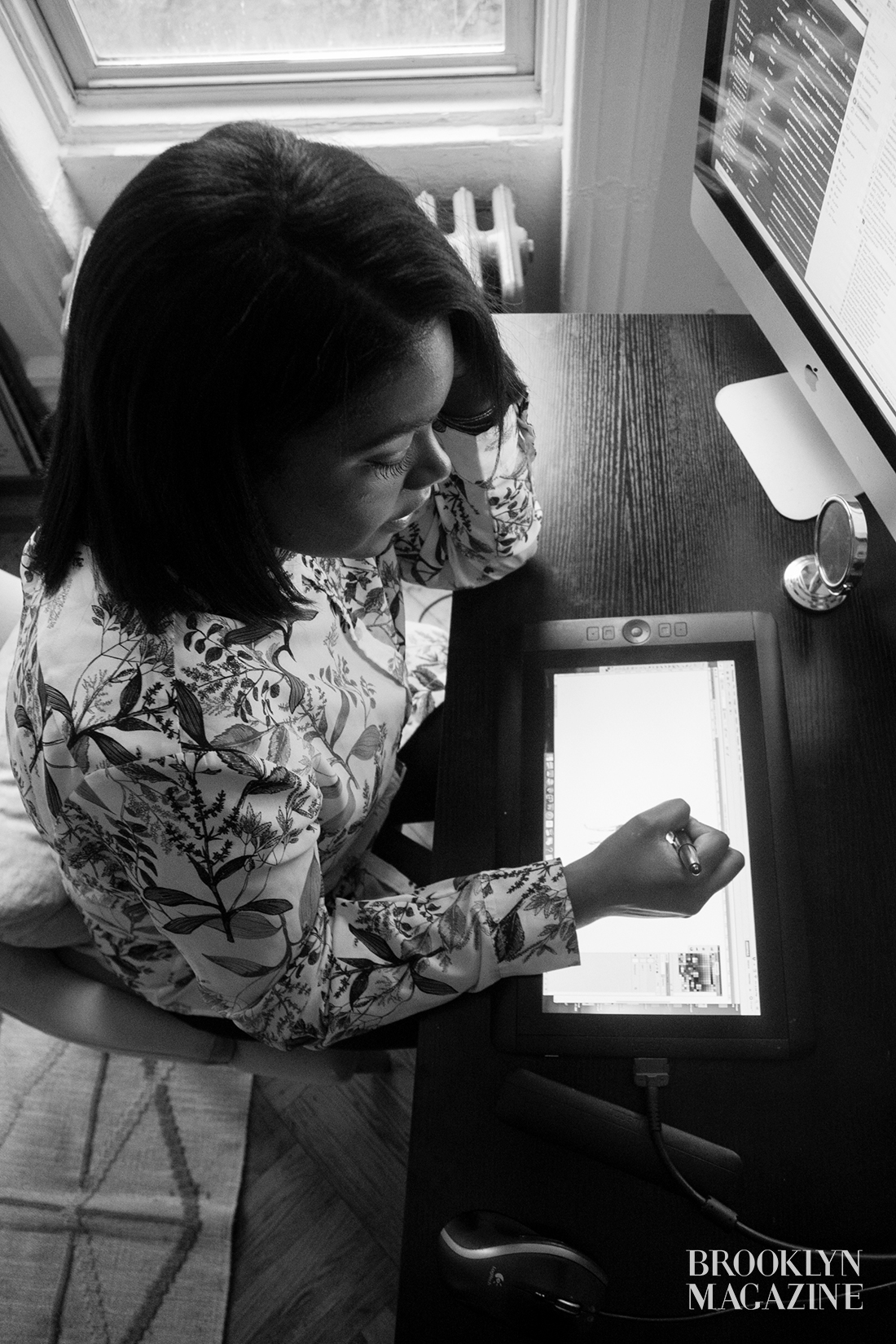

You might also like 

















